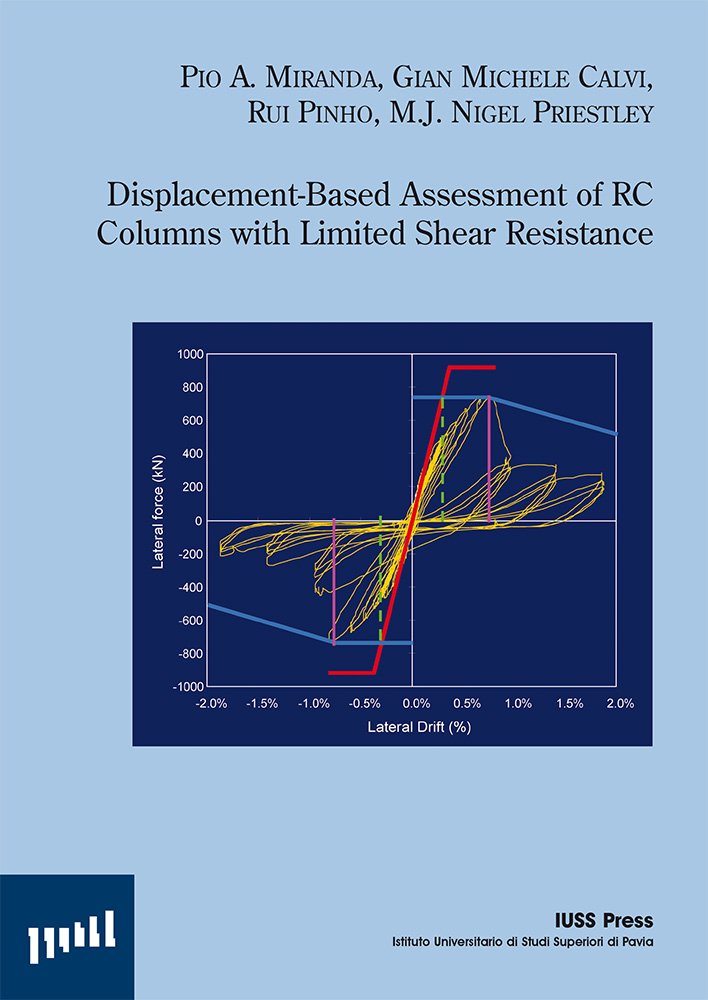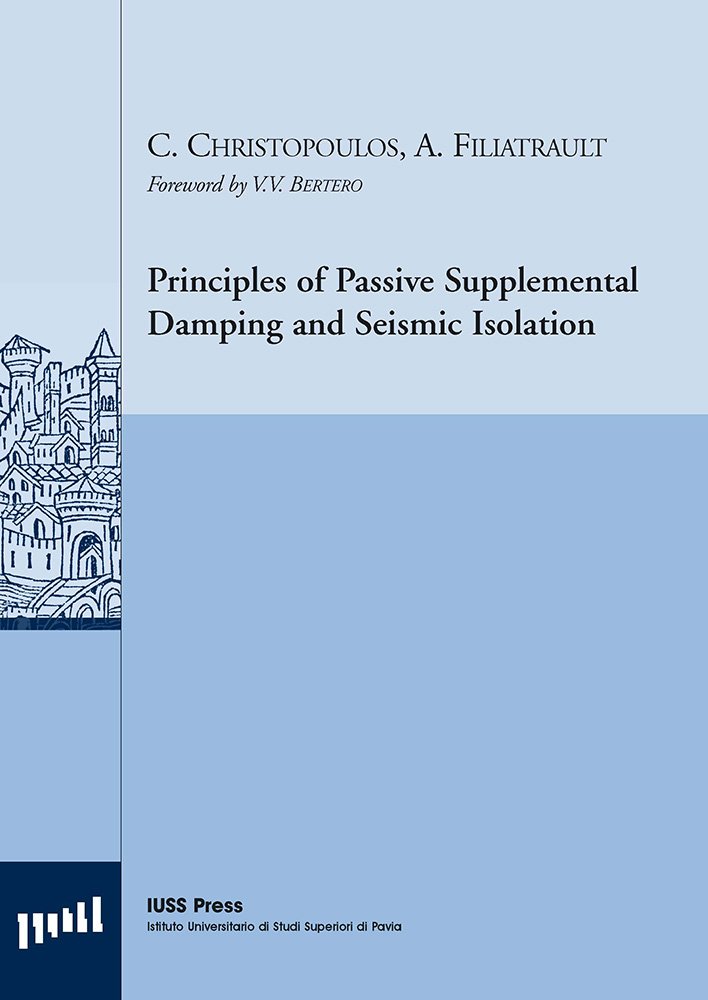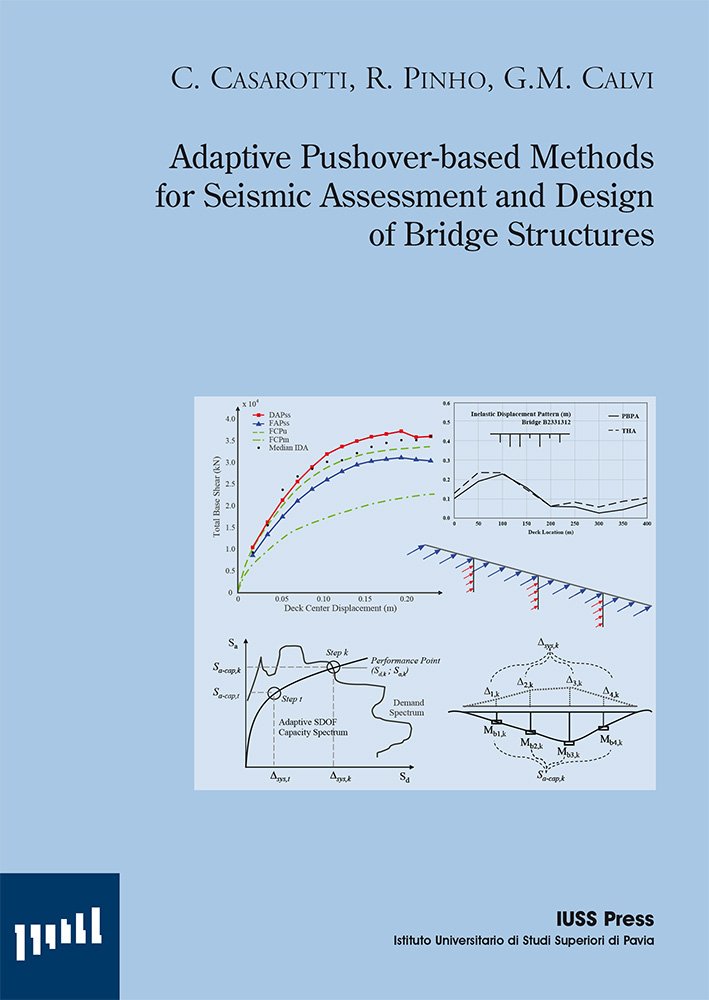Catalogue

Displacement-Based Assessment of RC Columns with Limited Shear Resistance
24/04/2005
Principles of Passive Supplemental Damping and Seismic Isolation
04/01/2006Adaptive Pushover-based Methods for Seismic Assessment and Design of Bridge Structures
Original price was: € 25,00.€ 10,00Current price is: € 10,00.
C. Casarotti, R. Pinho, G.M. Calvi
Research Report Rose 2005/06
ISBN: 88-7358-032-7
A major challenge in performance-based engineering is to develop simple, yet accurate, methods for estimating seismic demands on structures to predict their performance level with confidence.
FUORI CATALOGO
A major challenge in performance-based engineering is to develop simple, yet accurate, methods for estimating seismic demands on structures to predict their performance level with confidence. While nonlinear dynamic analysis is the most rigorous procedure to compute the inelastic seismic demand, nonlinear static procedures are going to be favoured by the current engineering practice over impractical nonlinear time history methods.
According to current code provisions, nonlinear static (or pushover) analysis is performed subjecting the structure to monotonically increasing lateral forces with invariant distribution until a predetermined target level is reached. Such target level is determined assuming the response controlled by the fundamental mode, unchanged after the structure yields. Nevertheless, invariant force distributions cannot account for the contributions of higher modes, nor for the redistribution of inertia forces and the changes in the vibration properties of the structure because of the structural yielding.
Moreover, the current procedures have been typically tested predominantly against building frames: extrapolating such methods to less investigated systems such as bridges is not straightforward. One of the objectives of the reported research is to study the applicability of pushover analysis to bridges. To this extent, an analytical parametric study is conducted on a suite of bridge configurations, subjected to a large ensemble of seismic motions.
The natural development of the research is the definition of simplified performance-based assessment and design procedures, where the use of adaptive pushover is included. A pushover-based procedure for continuous concrete bridges is proposed within a performance-based design philosophy. The method is applicable to MDOF bridges with flexible or rigid superstructures, for different abutment restraints. The background and development of the procedure is presented, followed by a number of case studies, compared with the current displacement-based (DBD) and force-based (FBD) design methods.

